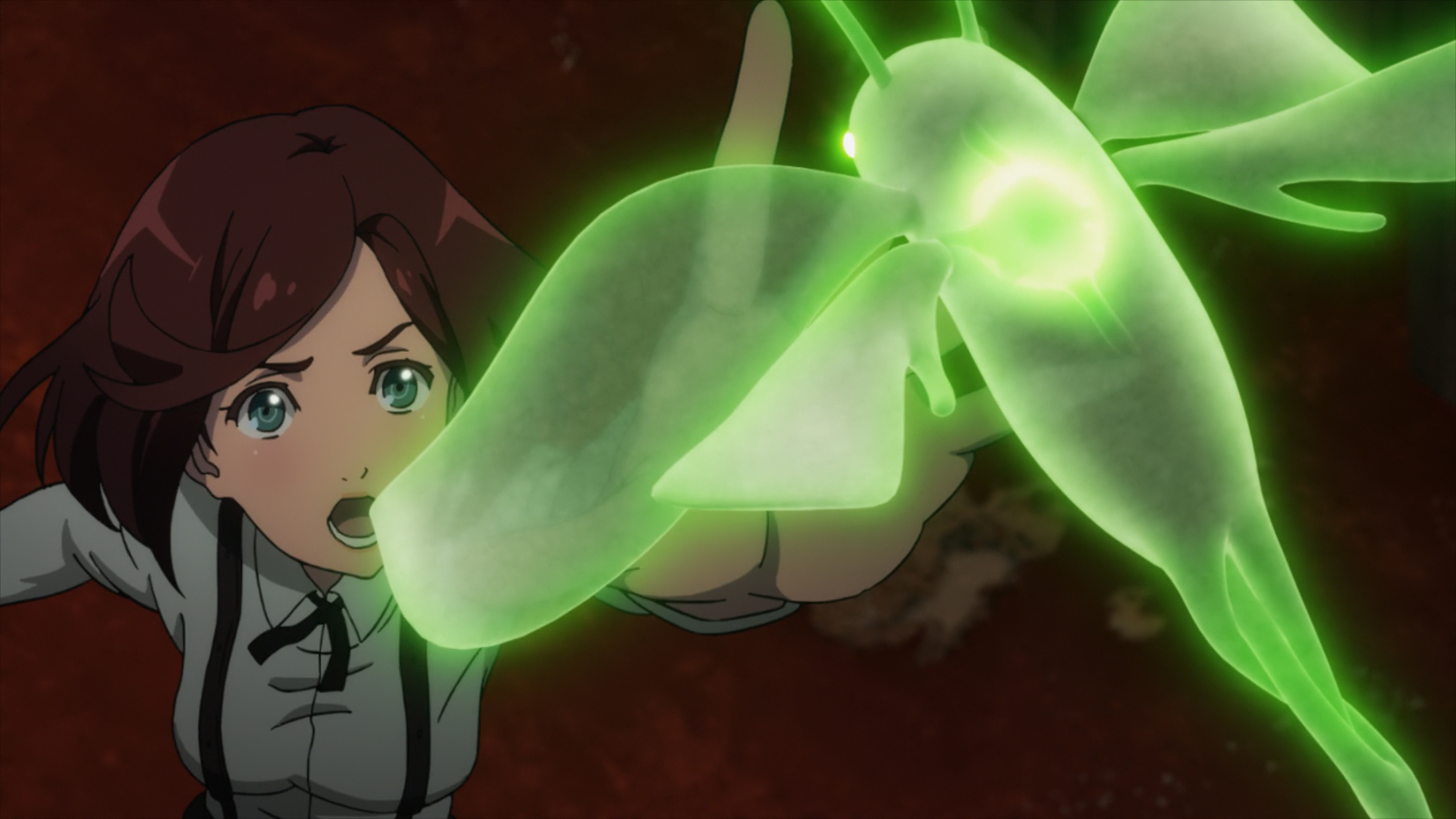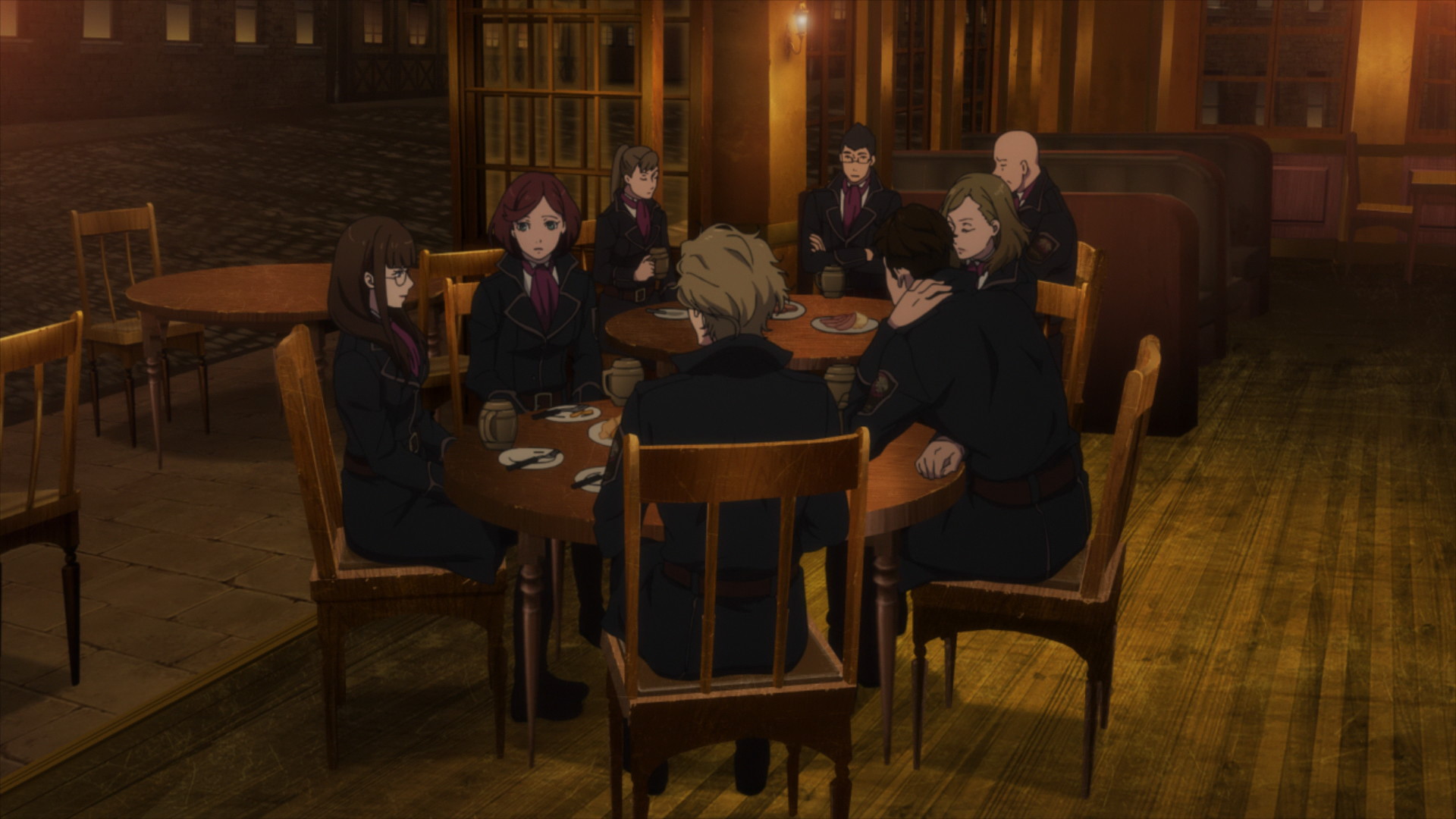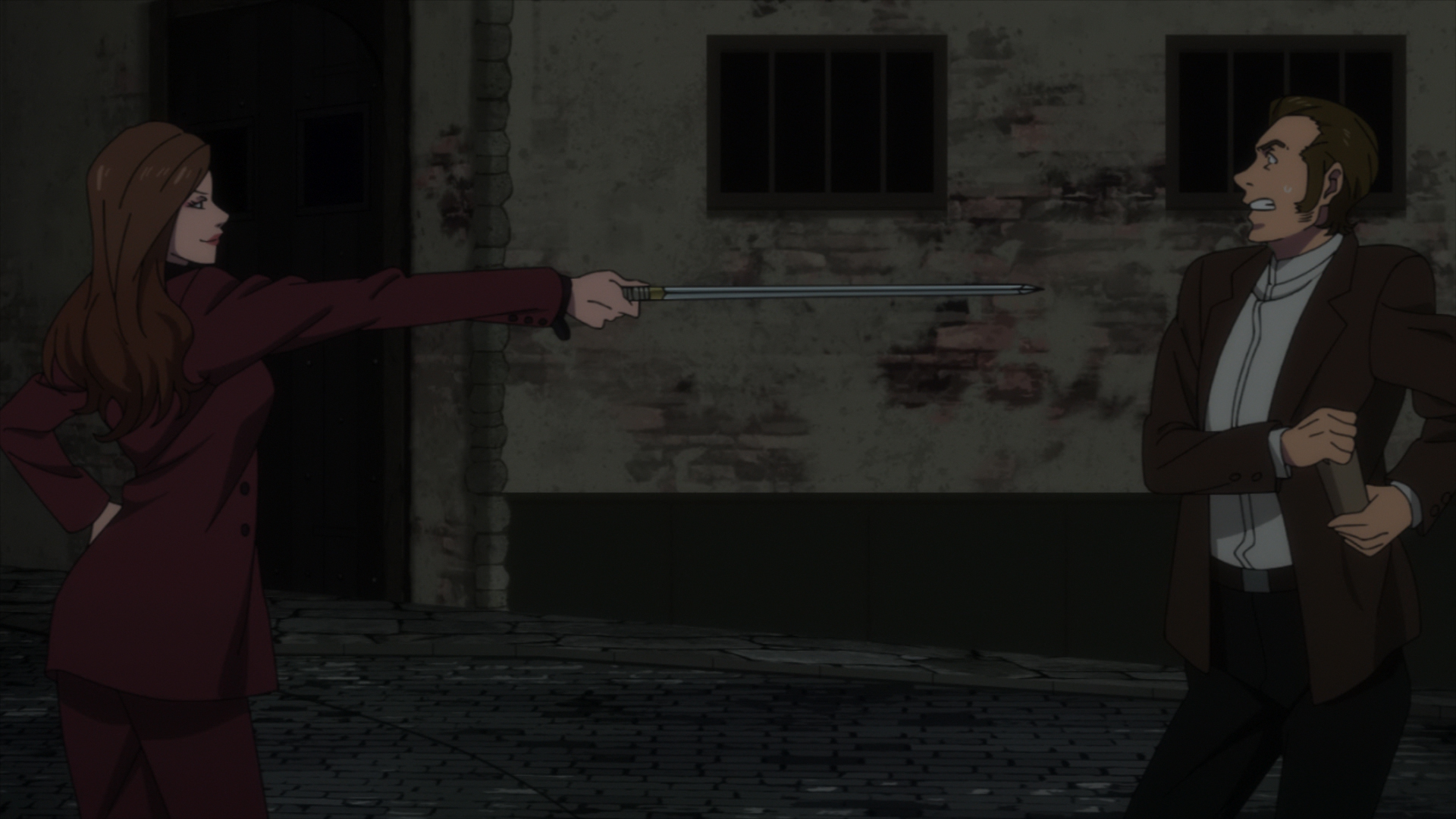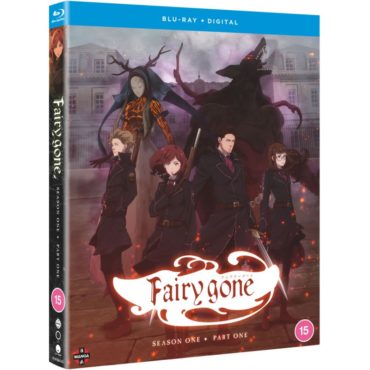Fairy Gone: Season 1 Part 1 Review
Over the years I have been watching P.A. Works’ anime, I’ve found that their output can be fairly hit or miss, as while they’ve produced some excellent shows that I love, there’s also quite a few that have not left a lasting impression. While I wouldn’t say Fairy Gone is outright terrible, it definitely falls somewhere in-between, having some good ideas, but executing them poorly.

Fairy Gone presents itself as a series that is part-action fantasy, part-political thriller. It follows Dorothea, an organisation set up by the government of United Zesskia to protect the newly unified state against illegal users of fairies, mythical beings whose organs were transplanted into soldiers during the war of unification to allow them to summon monsters with terrifying power.
While most of these so-called Fairy Soldiers were killed during the war, those that survived that aren’t now part of Dorothea have gone rogue and present an existential threat to the country, either seeking revenge or wanting to continue the war to satisfy their bloodlust. As such, they have found their way into the criminal underworld, where multiple organisations are vying for control of the legendary Black Fairy Tome, one of several books written about fairies and their magic, and potentially the most dangerous.
Both real and fake segments of this book regularly turn up at underground auctions, which is where our story begins as we are introduced to Marlya, a young woman who is part of the Gui Carlin mafia group and assigned to event security, and Free Underbar, a member of Dorothea who has gone undercover to secure this part of the Black Fairy Tome. As Dorothea predicted, a thief comes running in to steal the tome, who turns out to be Marlya’s childhood friend, Veronica. Rushing to greet her friend, Marlya is caught in the crossfire and although she can dodge all of the stray bullets, one smashes a jar containing a fairy primordial, which breaks free of its glass prison and bonds itself to Marlya. Now possessing a fairy of her own, Marlya agrees to join Dorothea, as it seems her only hope in tracking down Veronica, who managed to escape with the pages of the Black Fairy Tome.

While I love a lot of the setup around the backstory and history of the world, there’s definitely a lot going on in this series, and this is fundamentally Fairy Gone’s biggest problem – it tries to spin up too many plot threads and can’t manage telling them all at once, which makes the series very unfocussed and confusing to follow. While the main goal is securing the Black Fairy Tome and stopping it falling into the wrong hands, the series struggles to interweave this central thread through the story and increasingly becomes distracted before throwing it by the wayside completely as we get half way through this set; where it sets up a major revolt against the government in a very roundabout way that really doesn’t make sense.
Meanwhile, it also has to present Dorothea as a tight group of comrades risking their lives to keep the peace in a variety of missions, and set up backstories for core characters such as Marlya, Free and Veronica. These backstories are often dished out piecemeal with the heavy use of flashbacks, and while I get that they are trying to use them to shore up the emotions of certain scenes, narratively it just comes off as a bit messy and perhaps would have flowed better in single, in-depth episodes.

I say this as I really love the cast of characters and would have loved to spend more time with each of them, as they are all really well built and have very colourful and unique personalities. Marlya and Free work really well as the lead characters, forming a powerful combination both as comrades and friends over the course of the first 12 episodes, and it is certainly fun watching them trying to get out of whatever perilous situation they are in at the time. Taking each character on their own, they are perhaps slightly weaker, particularly with Marlya’s lack of self-confidence and having a need to be rescued a lot early on being a little frustrating, yet both still hold up and have some great moments.
The rest of Dorothea gradually fill themselves out, and although not every character gets the same level of development, in most cases they are well defined and well presented from the moment they are introduced. It’s the shady characters I enjoyed the most though, as their dubious double and triple crossing backgrounds are reflected in their cheeky and sometimes outlandish character designs. Axel, for example, is a proper lovable rogue and even though he causes a lot of trouble for Dorothea, you simply want to see the best for him; meanwhile femme fatale Bitter Sweet is a crafty devil with a sense of style I very much admire.

Visually this might not be P.A. Work’s best-looking show, but it serves well enough for the story it is trying to tell, and at least follows through in its strong world design with some really good backgrounds, especially when looking at grand cityscapes that have both a touch of imperial and medieval design in them. We do get to visit several of these over the course of the series, and although the scale of the world is easy to appreciate, it also feels like something that doesn’t really matter in the grand scheme of things. As fascinating as it is having these locations in the series’ backstory, other than a few key locations they don’t really do much with them, and quickly flying around them displaying banners and heavy on-screen text is more than a little distracting.
Action sequences are well animated though and are a particular strong point, featuring a mixture of tense gunfights and some thrilling close-quarters combat. I particularly liked the way the fairies are integrated into the fights, acting as a kind of subunit of their possessor, both following orders and working independently. They are, however, fully rendered in CG, and although they are certainly not the worst examples of CG I’ve seen in anime, they can feel rather underwhelming. Many of them look rather similar, being just hulking beasts, and it’s only the odd couple that feel like they have unique and interesting powers.

The show’s soundtrack, composed by music collective (K)NoW_NAME, is utterly fantastic, filled with punchy tunes and hard-hitting rock insert songs that give the series a very unique feel. They work with the action scenes really well, and I have to confess I was at least bopping my head a bit as they played along with them. It’s also quite unique in that the group also provide the opening and ending themes, “KNOCK on the CORE” and “Ash-like Snow”, which offer up a real sense of musical consistency across the board.
Manga Entertainment’s release features all 12 episodes of this first half of the series, in both Japanese with subtitles and English. Both language options work really well, with the chosen cast in each fitting their characters and generally matching each other. Unfortunately, we received no review discs for this series, so I am unable to review any extras that may be on the discs.

Overall, this first part of Fairy Gone comes across as a mixed bag. While there are definitely good things to take away from it, as it puts together a group of fantastic characters in a fascinating war-torn fantasy world, it just throws in too many plot threads and ideas, creating an unfocussed and confusing narrative that throws away its best bits in its action-heavy second half. I know the second part does improve things and offers a decent reward if you’re willing to stick things out, but as a standalone release this one is difficult to recommend.


